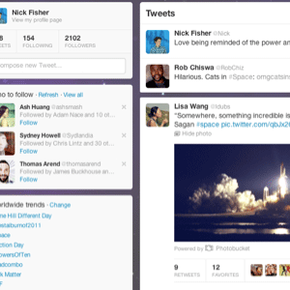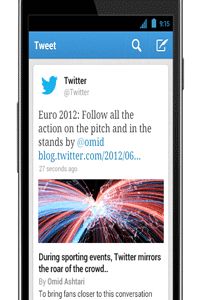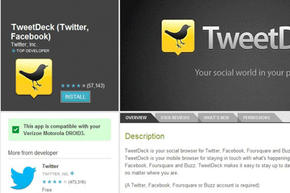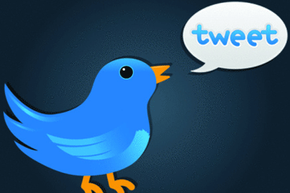Twitter, for all of its triumphs and travails, has definitely cemented its place in this age of endless Internet connectivity and smartphones. Users compose more than 140 million Tweets per day, or more than 1 billion Tweets per week [source: Twitter]. That is some extreme Twitter use.
If you've somehow missed the blitz of Twitter-related media in the past few years, read our story on How Twitter Works. In short, Twitter is a simple communications service. You post a text message of up to 140 characters, or perhaps an image or link, if you choose. Anyone who subscribes to your Twitter feed will immediately see your update. That's it, really. Twitter just answers that most important of life's questions -- what are you doing?
Advertisement
Critics, both past and current, deride Twitter as digital glitter. They see it as yet another way for narcissists to post endlessly about the minutiae of their lives for everyone to see. Do millions of people really need updates on the iPhone case that Ashton Kutcher just purchased? And do you honestly care that your cousin ate liver for lunch?
Banality aside, others see Twitter as ridiculously redundant in an age of Facebook, e-mail and blogging. They point out that although users created nearly 600 million accounts, roughly half of them have never created a Tweet or are simply inactive [source: ZDnet]. Twitter representatives say there are around 140 million active users.
Yet somehow, in some quarters, Twitter has still managed not only to survive but also to thrive. In doing so, it's Tweeted its way to Internet fame and glory. Along the way, this stripped-down micro-blogging service overhauled the way a lot of people think about the Web. In a sense, Twitter has revolutionized online communications.
Keep reading to find out how -- turns out, all of those vacuous, 140-character-messages mean a lot more than you might think.
Advertisement



